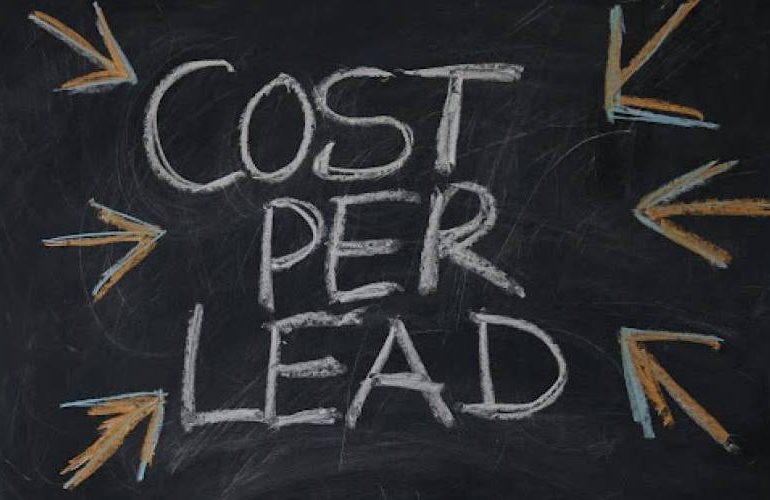By Sean Allen
Customers are the lifeblood of your business. You don’t want to cheap out when it comes to customer retention.
“Whoever can spend the most, wins.” This is an adage in marketing that happens to be 100% true. If your business is prepared to meet the ever-increasing customer acquisition cost in today’s hyper-competitive digital and traditional media landscape, you are well on your way to dominating the market.
However, this does not mean that you can simply throw money around willy-nilly and hope to get the results you want. Being willing to spend big to win big is great, but it’s only half of the battle. You also need to be strategic about how you spend your money to win over the competition.
Companies with deep pockets that can spend more to acquire a customer will get more customers. If this sounds like you, keep reading to learn the most effective ways to put “whoever can spend the most, wins” into practice.
1. Invest in the right digital media channels
Spending on digital advertising is expected to exceed $600 billion in 2023. Your business needs to be heavily invested in this space if you want to maximize your market share.
Of course, where you spend your advertising budget is an important consideration. Google Ads provides multiple robust pay-per-click campaign options (e.g., text and display ads). With Google Local Services Ads, businesses in select industries can dominate local search results for professional services. You will likely need to invest in social media ads on one or more platforms, too.
All of these channels are highly competitive and, therefore, expensive. However, once you determine how customers find your business (i.e., via organic and paid search, social, etc.), you can start spending on digital ads that will maximize your visibility and drive customers to you over the competition.
2. Don’t ignore traditional media
Investing in traditional advertising (such as television, billboards, etc.) is still well worth your time and money if it means reaching your target customers on a massive scale. Mass media is a tried-and-true strategy for bombarding the market with your message. Not everyone will convert, but spending the money to make your name inescapable will drive far more customers than a limited investment in traditional channels.
We see this with legal advertising. The law firms you see all the time on TV, on bus benches, on billboards, etc., are counting on the millions of dollars they spend to drive multi-million-dollar cases.
It might seem strange to invest in traditional media when digital has taken over the space previously occupied by television and other strategies. However, considering that you are likely thinking of a local law firm’s slogan or phone number, there is no disputing the effectiveness of a major investment in TV and other traditional advertising venues.
3. Invest in your employees
Relationships are a cornerstone of marketing. While much of the discussion centres on engaging customers digitally, you should never underestimate the importance of hiring customer-facing employees, training them to be the “face” of your business, and empowering them to bring you new customers.
This goes beyond fully staffing your office to handle phone calls and emails. Depending on your industry, it might mean hosting community events, wining and dining business prospects, and more.
Customers are the lifeblood of your business. You don’t want to cheap out when it comes to hiring customer success managers, event planners, and other employees who can take your business to the next level.
4. Define your brand
Inconsistency is one of the greatest dangers when making a massive investment in marketing. Although you can distribute your message across seemingly endless advertising channels, your return on investment (not to mention your market dominance) will suffer if the message is unfocused and inconsistent.
Before making a big splash and getting more customers than your competitors, you need to nail down your brand identity and key messaging. The brands people love have a clear identity and a consistent message. They also know their customers and tailor their marketing and advertising to maximize sales.
You don’t have to be a multinational corporation to dominate your market. However, you have to understand your unique offering and consistently communicate to customers why they should buy from you over anyone else.
5. Follow the money
As the saying goes, “Fortune favours the bold.” The businesses with the money and the mindset to shoot for the moon and take the biggest piece of the pie are the ones that typically find the greatest success.
However, your dollars must be tempered with sense. You must carefully identify your target audience by age, demographic, income, buying habits and other key characteristics. In addition, you need to understand what your competitors offer and how you can stand out. Finally, you must drill down on the geographic area you want to target.
With all these components in place, you can develop an intelligent strategy for maximizing the business you gain from a substantial marketing and advertising spend. Both digital platforms and third-party vendors should provide detailed reporting on how your money is being spent, the results of each campaign, and your return on investment.
You won’t achieve dramatic growth if you are overly concerned about being cost-effective. However, a strategic approach that relies on data and tracking only ensures that you spend money wisely. This reduces the customer acquisition cost and results in higher profits.
By Sean Allen
Entrepreneur Leadership Network Contributor. CEO of Twelve Three Media




